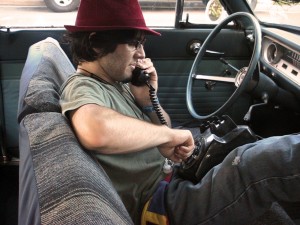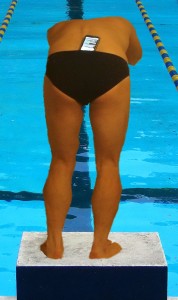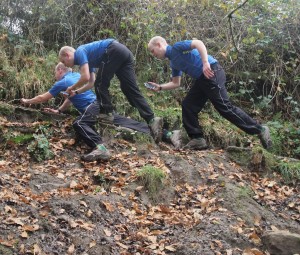Why interaction in motion is hard
Designing systems and user interfaces for active use during movement is hard. If we lose the assumption that a user is always standing still and able to pay full attention to our interface, interface design suddenly has to cope with a far wider range of situations.
This page contains a preliminary and non exhaustive list of some challenges created by movement interaction.



The Visceral nature of movement As discussed, many movement activities are not purely used as ways of getting around, even when this is a secondary purpose, such as on a bike commute. People do them for the enjoyment of doing the activity in itself. A major element of this enjoyment can be the visceral, exciting nature of some movement activities. ‘Extreme sports’ such as downhill mountain biking and big wave surfing are very much focused on visceral thrills, but arguably many less extreme pastimes involving movement such as going for country walks are motivated by some kind of visceral enjoyment of the activity. Designing systems in particular for extreme activities requires us to build designs which are sensitive to this visceral element of the activity. This challenge very much builds on our work in the Mixed Reality Lab on ‘uncomfortable interactions’, in that it is typical in many extreme activities to push oneself deliberately beyond what would normally be considered comfortable, and our interactive systems must support this.
Related themes:
Interaction in Motion,